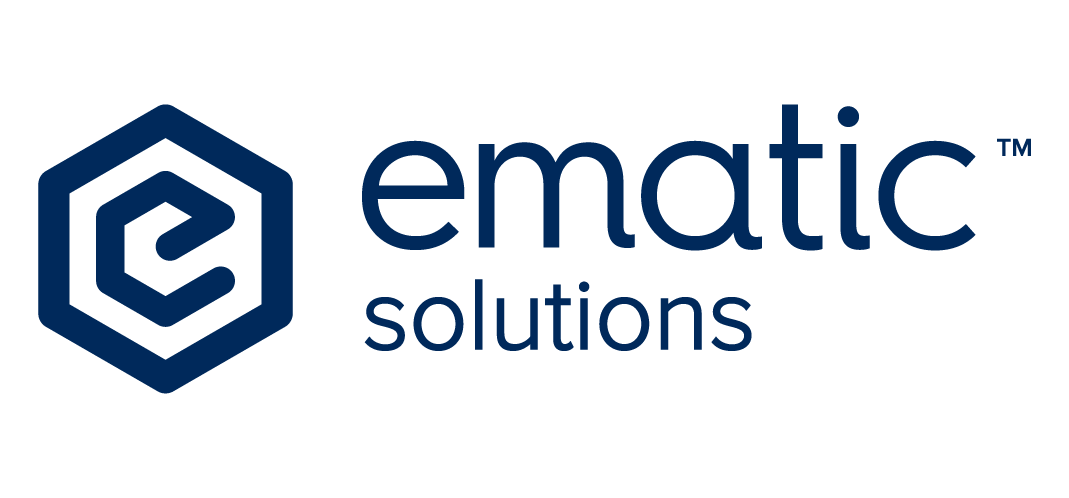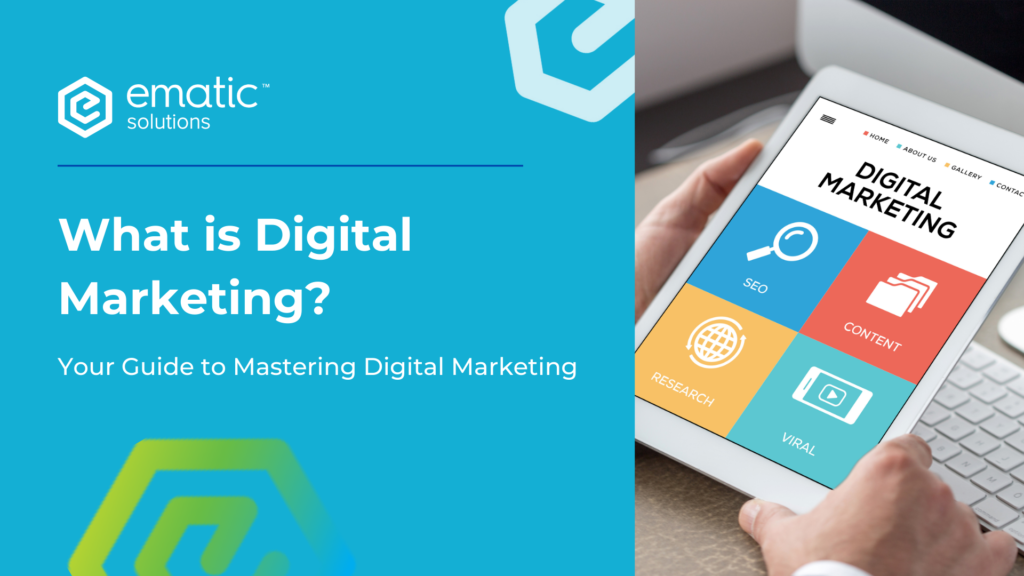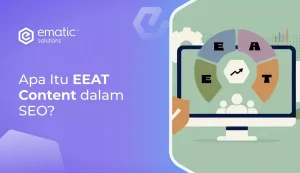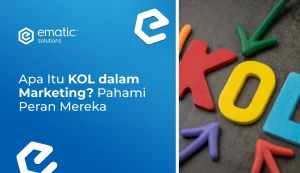In today’s fast-paced digital world, businesses must adapt to new ways of reaching their customers. Digital marketing has become the cornerstone of modern marketing strategies, allowing companies to connect with their audience where they spend most of their time—online.
As of 2024, approximately 4.5 billion people worldwide are purchasing goods and services online, representing nearly 60% of the global population. This dramatic shift towards e-commerce has been driven by increasing internet penetration, the convenience of online shopping, and the rise of mobile commerce.
But what exactly is digital marketing? How do businesses develop successful digital marketing strategies? And what are some examples of effective digital marketing campaigns? This article will explore these questions in detail.
What is Digital Marketing?
Digital marketing refers to the use of digital channels, such as search engines (e.g., Google, Yahoo, Bing), social media (e.g., Facebook, Instagram, TikTok), email, and websites, to help business owners promote their products or services. Unlike traditional marketing methods that rely on print, television, or radio, digital marketing leverages online platforms to reach potential customers. It encompasses a wide range of tactics, including content marketing, search engine optimization (SEO), social media marketing, pay-per-click (PPC) advertising, and email marketing.
Key Components of Digital Marketing:
Digital marketing is a multifaceted field that leverages various online platforms and strategies to connect businesses with their target audience. Each component plays a crucial role in the overall effectiveness of a digital marketing strategy. Below, we’ll dive deeper into the key components of digital marketing:
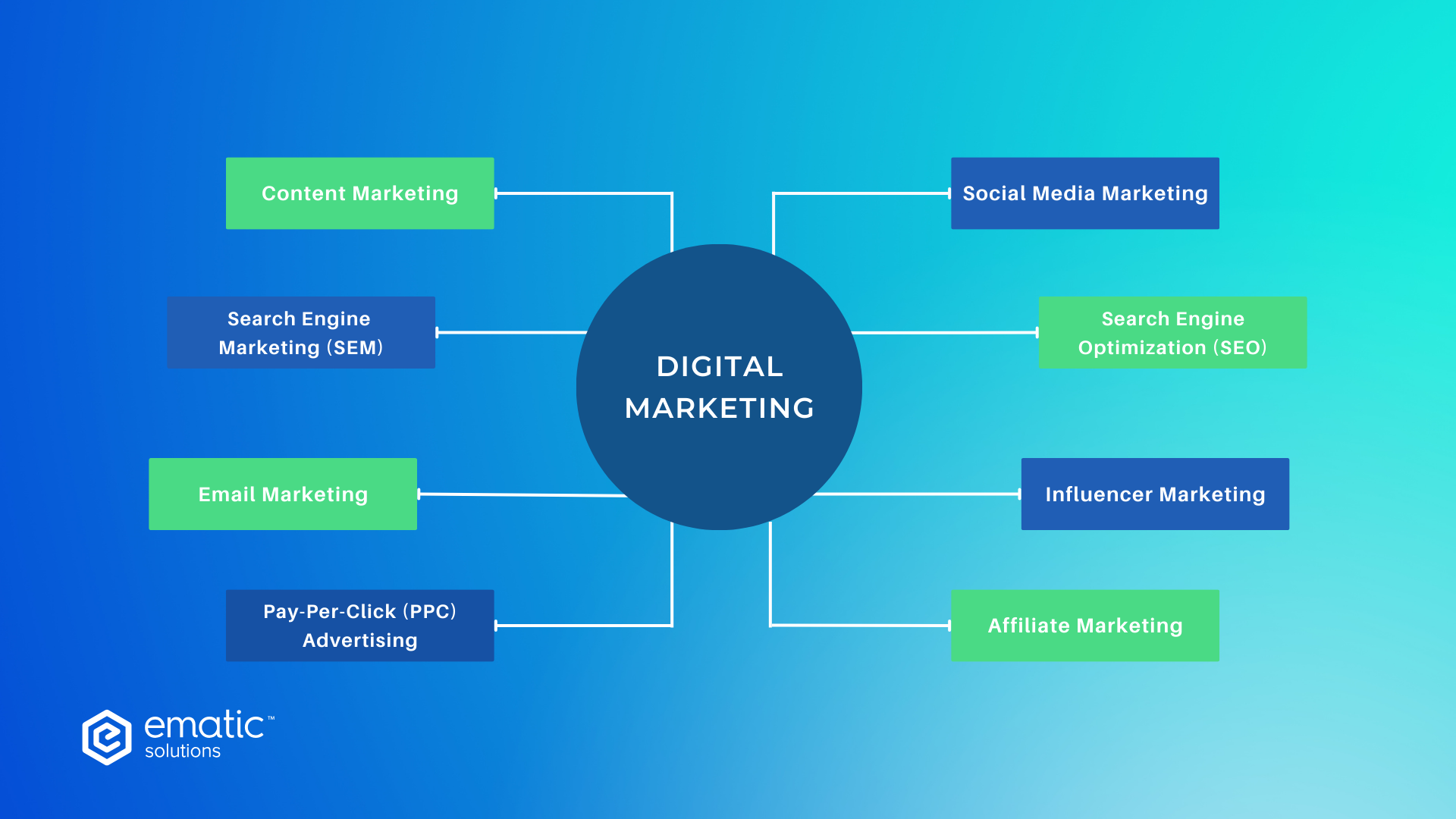
1. Content Marketing
Content marketing is the practice of creating, publishing, and distributing valuable, relevant, and consistent content to attract and engage a clearly defined audience. The primary goal is to drive profitable customer action by establishing trust and authority within a specific niche.
- Types of Content: Blog posts, articles, videos, podcasts, infographics, whitepapers, case studies, webinars, eBooks, and social media posts.
- Content Strategy: Involves planning, creating, and managing content that resonates with your target audience. A well-defined content strategy aligns with business goals and addresses customer pain points.
- Content Distribution: Leveraging various channels like social media, email newsletters, and third-party platforms to reach a wider audience.
2. Search Engine Optimization (SEO)
SEO is the process of optimizing your website and content to improve its visibility on search engines like Google. The higher your site ranks on search engine results pages (SERPs), the more likely you are to attract organic (non-paid) traffic.
- On-Page SEO: Involves optimizing individual web pages for specific keywords. This includes using appropriate title tags, meta descriptions, headers, and incorporating keywords naturally into the content.
- Off-Page SEO: Focuses on building backlinks from other reputable websites to improve your site’s authority. Techniques include guest blogging, influencer outreach, and link-building strategies.
- Technical SEO: Ensures that your website is optimized for crawling and indexing by search engines. This involves improving site speed, mobile-friendliness, and ensuring a secure (HTTPS) connection.
- Local SEO: Targets a specific geographic area to promote your products or services. This is crucial for businesses that operate in local markets, utilizing strategies like Google My Business optimization and local citations.
3. Social Media Marketing
Social media marketing involves using platforms like Facebook, Instagram, Twitter, LinkedIn, and TikTok to promote products or services. It’s a powerful way to connect with your audience, build brand awareness, and drive engagement.
- Platform Selection: Choosing the right social media platforms based on your target audience’s preferences and behaviors.
- Content Creation: Developing content that aligns with the platform’s format (e.g., images for Instagram, articles for LinkedIn) and engages your audience.
- Community Management: Engaging with followers through comments, direct messages, and social media posts to build a loyal community.
- Paid Social Media Advertising: Using paid ads on social media platforms to target specific demographics, interests, and behaviors, allowing for precise audience targeting.
4. Pay-Per-Click (PPC) Advertising
PPC is a form of online advertising where advertisers pay a fee each time their ad is clicked. It’s a way of buying visits to your site rather than earning them organically. Google Ads is the most common platform for PPC campaigns, but it can also be done on social media platforms and other search engines.
- Keyword Research: Identifying and selecting relevant keywords that your target audience is searching for.
- Ad Copy: Crafting compelling ad copy that encourages users to click through to your website.
- Landing Pages: Designing optimized landing pages that match the ad’s intent and drive conversions.
- Bidding Strategy: Determining how much you’re willing to pay for each click and managing your budget to maximize ROI.
5. Email Marketing
Email marketing involves sending targeted emails to a list of subscribers with the goal of nurturing leads, building customer relationships, and driving conversions. It’s one of the most cost-effective forms of digital marketing.
- Subscriber List Building: Growing your email list through opt-in forms, lead magnets, and other tactics.
- Email Content: Creating personalized and relevant email content that provides value to the recipient. This includes newsletters, promotional offers, product updates, and more.
- Automation: Using email marketing software to automate the sending of emails based on user behavior, such as welcome emails, abandoned cart reminders, and follow-up sequences.
- Segmentation: Dividing your email list into segments based on demographics, purchase history, or engagement level to send more targeted messages.
6. Affiliate Marketing
Affiliate marketing is a performance-based strategy where businesses partner with individuals or companies (affiliates) to promote their products or services. Affiliates earn a commission for each sale or lead they generate.
- Affiliate Network: Joining an affiliate network that connects businesses with potential affiliates. Alternatively, businesses can create their own affiliate program.
- Tracking and Attribution: Using tracking links and cookies to monitor affiliate-driven sales and ensure accurate commission payouts.
- Incentives: Offering competitive commission rates and bonuses to motivate affiliates.
- Compliance: Ensuring that affiliates follow legal and brand guidelines in their promotional activities.
7. Influencer Marketing
Influencer marketing involves partnering with individuals who have a significant following on social media or other platforms to promote your products or services. These influencers have the power to sway their audience’s opinions and purchasing decisions.
- Influencer Identification: Finding influencers who align with your brand values and target audience.
- Collaboration: Working with influencers to create authentic content that promotes your products or services. This can include sponsored posts, product reviews, or brand partnerships.
- Compensation: Determining how influencers will be compensated, whether through payment, free products, or a commission-based model.
- Campaign Management: Monitoring and measuring the impact of influencer campaigns through engagement rates, traffic, and conversions.
Developing a Digital Marketing Strategy
Creating an effective digital marketing strategy requires careful planning and a deep understanding of your target audience, industry, and business goals. While the core principles of digital marketing remain the same, the approach varies significantly between B2B (business-to-business) and B2C (business-to-consumer) contexts.
Key Differences Between B2B and B2C Strategies
Below is a detailed breakdown of how to develop a digital marketing strategy, highlighting the different approaches for B2B and B2C companies.
| B2B Digital Marketing Strategy | B2C Digital Marketing Strategy | |
| Goals | Lead generation, nurturing, customer retention Example: Increase qualified leads by 20% | Brand awareness, customer acquisition, direct sales Example: Increase online sales by 30% during a promotion |
| Audience Understanding | Decision-makers in organizations, driven by logic and ROI | Individual consumers, influenced by emotions and convenience |
| Channels | LinkedIn, email marketing, content marketing, webinars | Social media (Instagram, Facebook, TikTok), influencer marketing, PPC ads |
| Content Creation | In-depth, educational content (whitepapers, case studies) which positioning as an industry expert | Engaging, visual content (blogs, videos, infographics) which more towards storytelling and lifestyle content |
| SEO Strategy | Technical, industry-specific keywords, long-form content | Broad keywords, optimized for quick consumption |
| Performance Monitoring | Long-term metrics (lead conversion rates, customer lifetime value) | Short-term metrics (sales, engagement, ROAS) |
Examples of Successful Digital Marketing Campaigns
#1: Airbnb’s #WeAccept Campaign
In response to global events, Airbnb launched a campaign promoting inclusivity and acceptance. The powerful message, combined with the hashtag #WeAccept, resonated with a broad audience and reinforced Airbnb’s brand values.
#2: Lazada’s 11.11 Shopping Festival
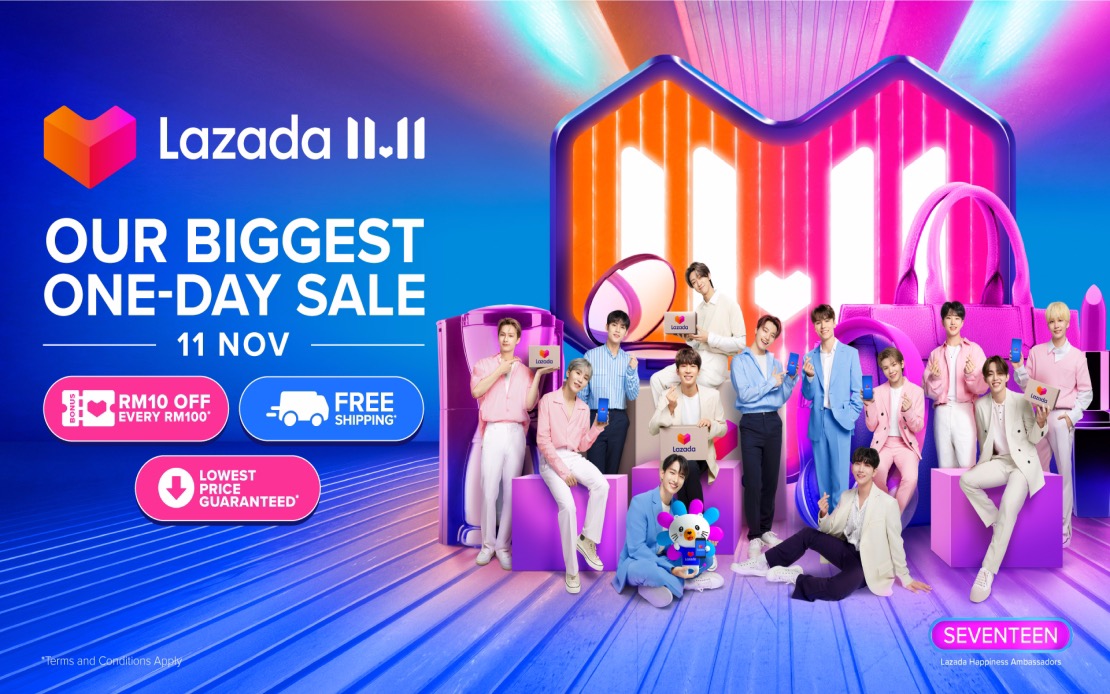
Lazada’s 11.11 is more than just a sale—it’s an online shopping extravaganza! With a combo of flashy deals, gamified experiences, and live-streamed promotions, Lazada turns the shopping day into a digital festival. Millions of shoppers join the frenzy, making it one of the biggest e-commerce events in Southeast Asia.
#3: Shopee’s Celebrity Endorsements

Shopee knows how to make a splash with its celebrity collaborations. By teaming up with famous faces and influencers, Shopee’s campaigns become must-see events. These endorsements light up social media and drive major traffic to their platform, making shopping fun and star-studded.
#4: TikTok’s #GucciModelChallenge

TikTok’s #GucciModelChallenge turned everyday users into fashion icons. With the challenge encouraging users to recreate Gucci-inspired looks using what they had at home, it sparked a wave of creativity and fun. The hashtag went viral, blending high fashion with TikTok’s playful spirit and showcasing the platform’s viral power.
#5: Samsung India’s “Samsung Service Van” Campaign

Samsung India rolled out its “Samsung Service Van” campaign, bringing tech support to remote areas. Through heartfelt storytelling and emotional video ads, the campaign highlighted Samsung’s commitment to customer service beyond the urban centers. It strengthened the brand’s image and showcased its dedication to all customers, wherever they are.
These campaigns demonstrate how creativity, strong messaging, and effective use of digital channels can drive massive engagement and success across diverse markets.
–
Digital marketing is an essential part of any modern business strategy. By leveraging the power of online channels, companies can reach their target audience more effectively and efficiently. Whether you’re a small business or a global corporation, understanding the key components of digital marketing and developing a well-thought-out strategy can lead to significant success. With continuous monitoring and optimization, digital marketing can deliver a strong return on investment (ROI) and help your business grow in the digital age.
If you’re feeling overwhelmed about how to take your online business to the next level, let Ematic Solutions take the reins. Contact us now for free consultation!
